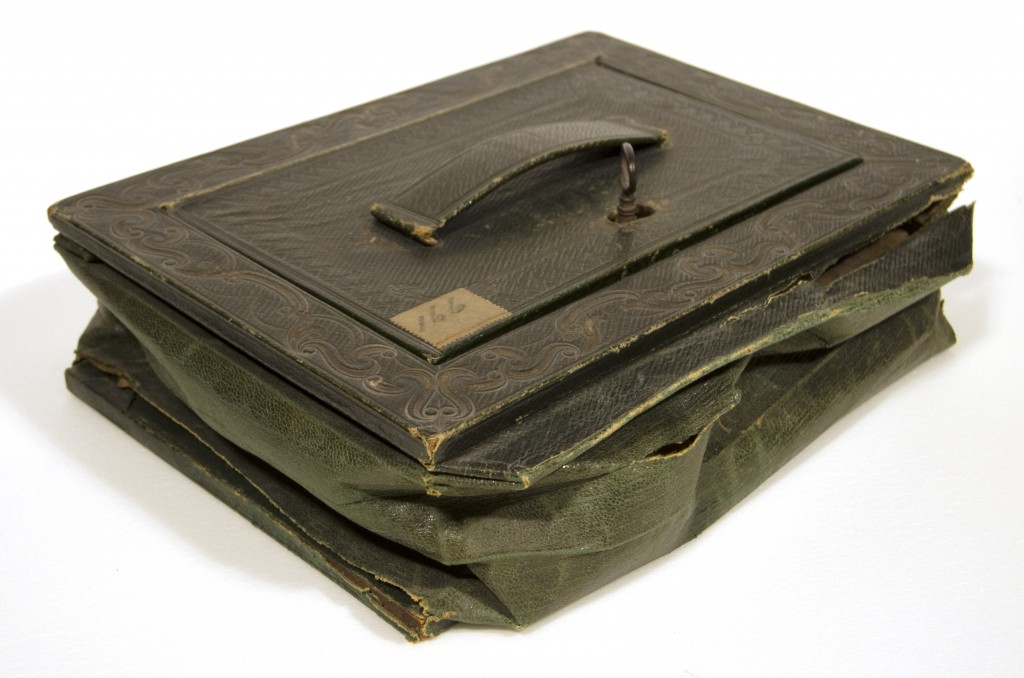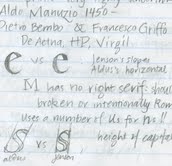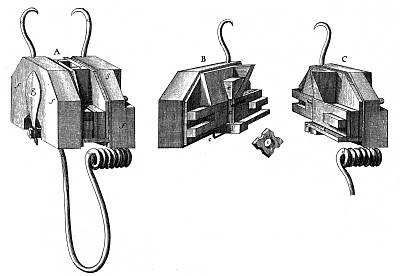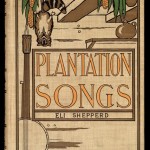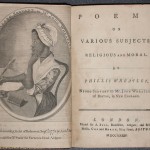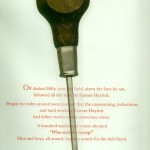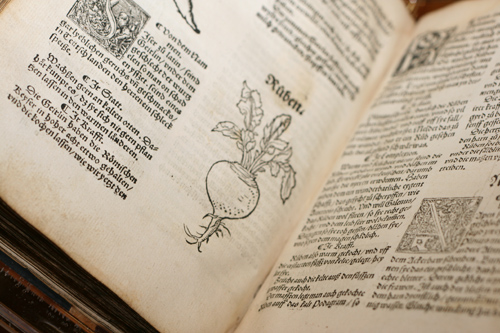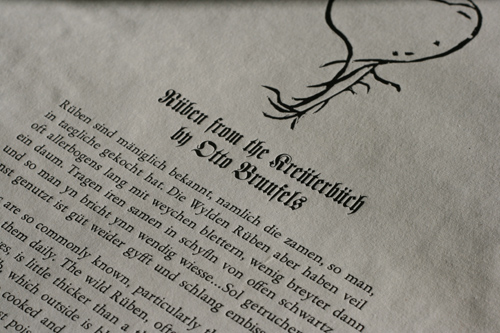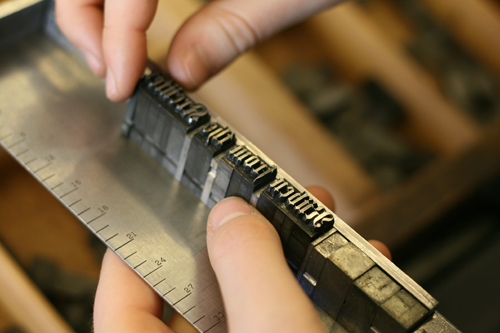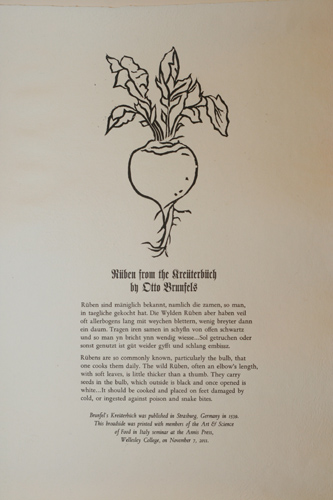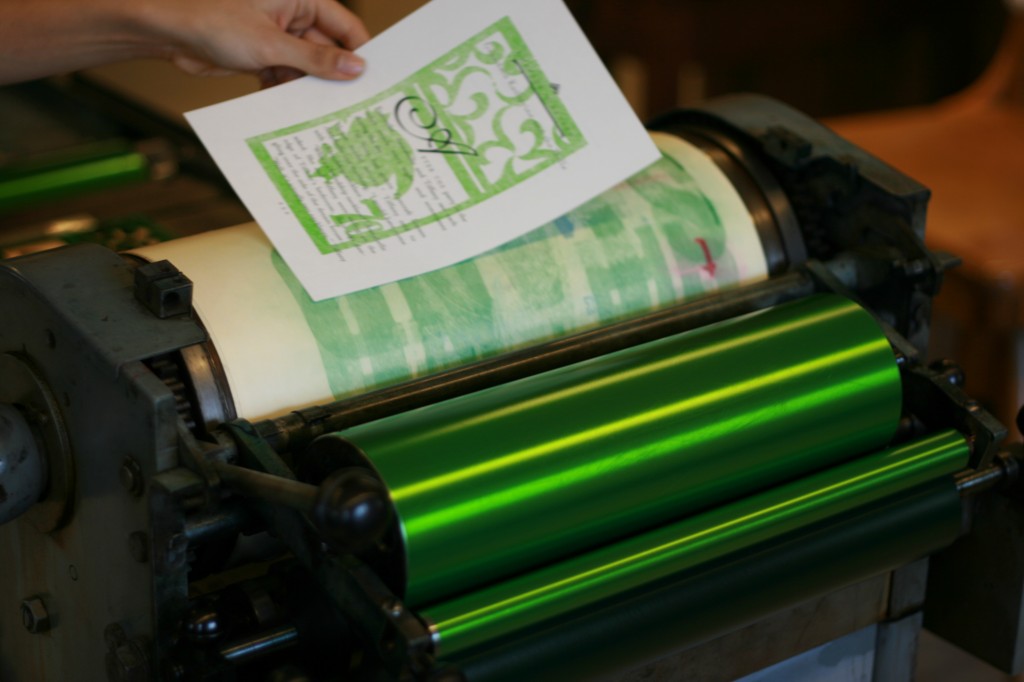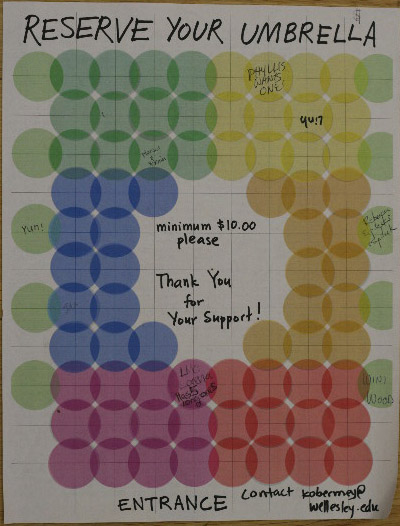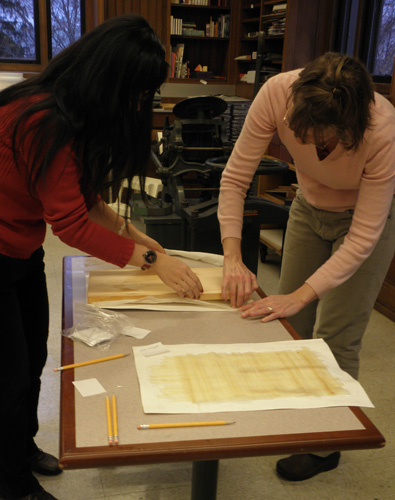
Emma DeLong Mills, second from left, and Mme. Chiang Kai-shek, center, Wellesley College, March 20, 1953
A spirit of adventure, though not mandatory for completion of an archives project, certainly enhances the journey of collection processing. Here at the Wellesley College Archives, I was afforded the opportunity explore the paper trail left by a life of communication, passion, activism and philanthropy—that of the fascinating Emma DeLong Mills, class of 1917. On behalf of the Wellesley College Archives, I would like to announce the successful processing of the Papers of Emma DeLong Mills, and the completion of the finding aid for the collection.
Mills was born in Stamford, Connecticut, in 1894. She was educated at St. Agatha School in New York before beginning her Wellesley career in 1914. An outspoken woman, Mills wrote frequently to friends and family, conveying opinions about college life, school work, social idiosyncrasies, and political issues. At Wellesley she befriended one of Wellesley’s most illustrious alumnae, May-ling Soong, who would later become the “First Lady of China,” Madame Chiang Kai-shek.
The Archives’ holdings reveal her enduring friendship with May-ling Soong, with whom she corresponded for nearly seven decades. These fascinating and valuable trans-global letters, along with Mills’ prolific journals, provide a unique glimpse into the relationship between the two women and the personal insights of each regarding international relations, politics, popular culture, and social work through much of the twentieth century.
After graduating from Wellesley in 1917, Mills embarked upon a remarkable series of endeavors. She was deployed as a student nurse in the Army School of Nursing at Camp Meade, Maryland, held a stint as a “farmerette” in rural New York, and journeyed to China, where she remained for three years. Her international adventure resulted in a position teaching English to the young woman betrothed to the brother of the last emperor of China, Pu Yi. Upon returning to the United States, she began a sporadic graduate education that would continue for decades. Among her studies was an intensive sub-engineering course through Columbia University. This program resulted in Mills contributing to the infamous Manhattan Project, originator of the atomic bomb. Also notable was a writing course that Mills took in the 1930s. During this course, she met the young Carson McCullers, who later went on to write The Heart is a Lonely Hunter. The Wellesley College Archives houses both the certificate of appreciation from the Manhattan Project and copies of letters to Mills from McCullers.
Emma Mills, ignited by a passion for the Chinese Nationalist cause headed by Generalissimo Chiang Kai-shek, worked fervently to assemble resources for it during her adult life. She began extensive work with the American Bureau for Medical Aid to China (ABMAC), later the American Bureau for Medical Advancement in China, in 1937. Mills would go on to become the Executive Secretary, journeying to Taiwan in 1950 on the organization’s behalf. After World War II, Mills became involved with the True Light Foundation, which supported the True Light Foundation Middle School in Hong Kong. She was a founding member of the Chinatown Planning Council (CPC), a non-profit organization providing educational, social, and occupational services to the Chinese community in New York City. She served on the CPC Executive Board for over two decades, including as president in 1968. She was the only westerner to have been so elected. Mills was rewarded for her tireless work for Chinese causes, receiving a Medal of Honor from the Chinese government. The College Archives is fortunate to have many materials pertaining to Mills’ service in each of these organizations, as well as the certificate bestowed upon her by the Chinese government.
From the perspective of the Archives, perhaps the most beneficial of Mills’ tendencies was her impetus to write. Among the most revealing and comprehensive of Mills’ papers are her journals and correspondence, which span nearly her entire lifetime. Included in these journals and letters to friends, family members, colleagues, and political or public figures are Mills’ passionate views on a vast array of subjects, from literature to travel to Communism.
The collection in the Archives, encompassing nearly the entirety of Mills’ life and works, offers a fascinating glimpse into the life of a woman of international renown. Researchers, students, and visitors interested in Chinese history, Chinese-American relations, 20th-century Chinese politics, Wellesley College, Madame Chiang Kai-shek, non-profit organizations, or American personal accounts of twentieth-century history will benefit from an examination of this wealth of materials.
I was matched with this collection as part of an Archives Field Study required for the completion of my Masters of Library and Information Science degree with an Archives Management Concentration. The experience of bringing the collection from a literal pile of papers into an organized, foldered, neatly housed, accessible collection with a finding aid has been an informative, rewarding one. I have had the opportunity to delve deeply into the life of a fascinating figure in Emma DeLong Mills. I hope that the collection will prove equally stimulating for users. Thank you to Jane Callahan, Assistant Archivist, for guiding me through processing and writing the finding aid, which is available here: http://www.wellesley.edu/Library/Archives/mss.2.html.
See also the finding aid for the Papers of May-Ling Soong Chiang: http://www.wellesley.edu/Library/Archives/mss.1.html.
Sarah Wetherbee is a student in The Simmons College Graduate School of Library and Information Science, and completed an internship in the Wellesley College Archives in the Fall of 2011.

